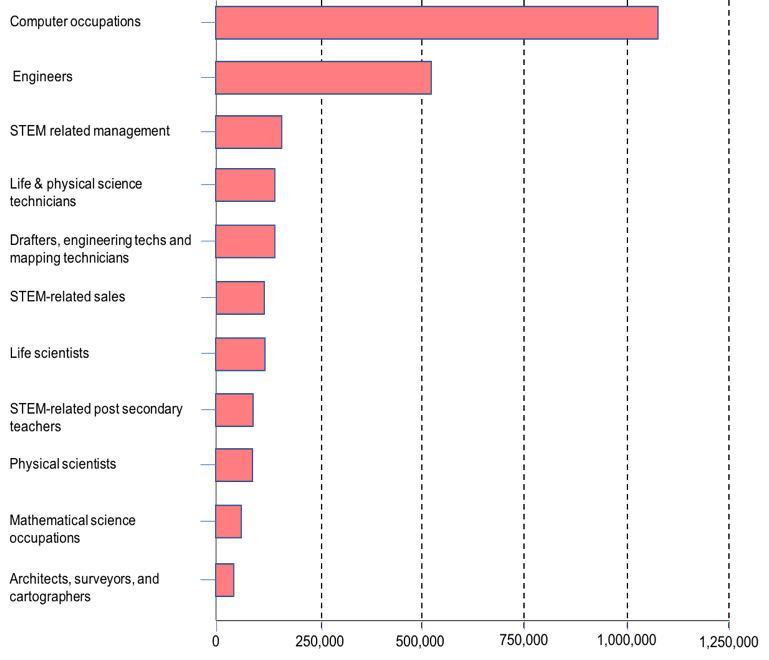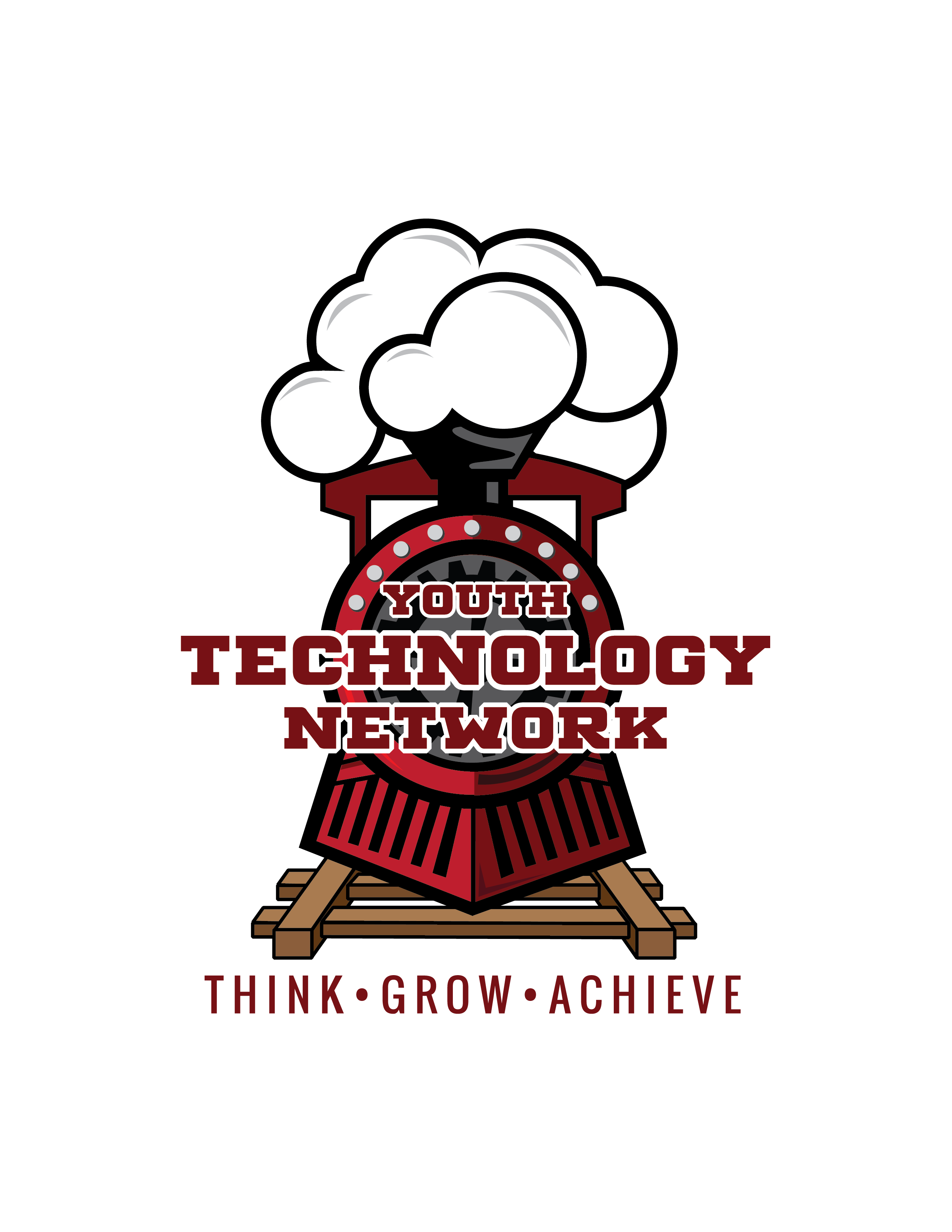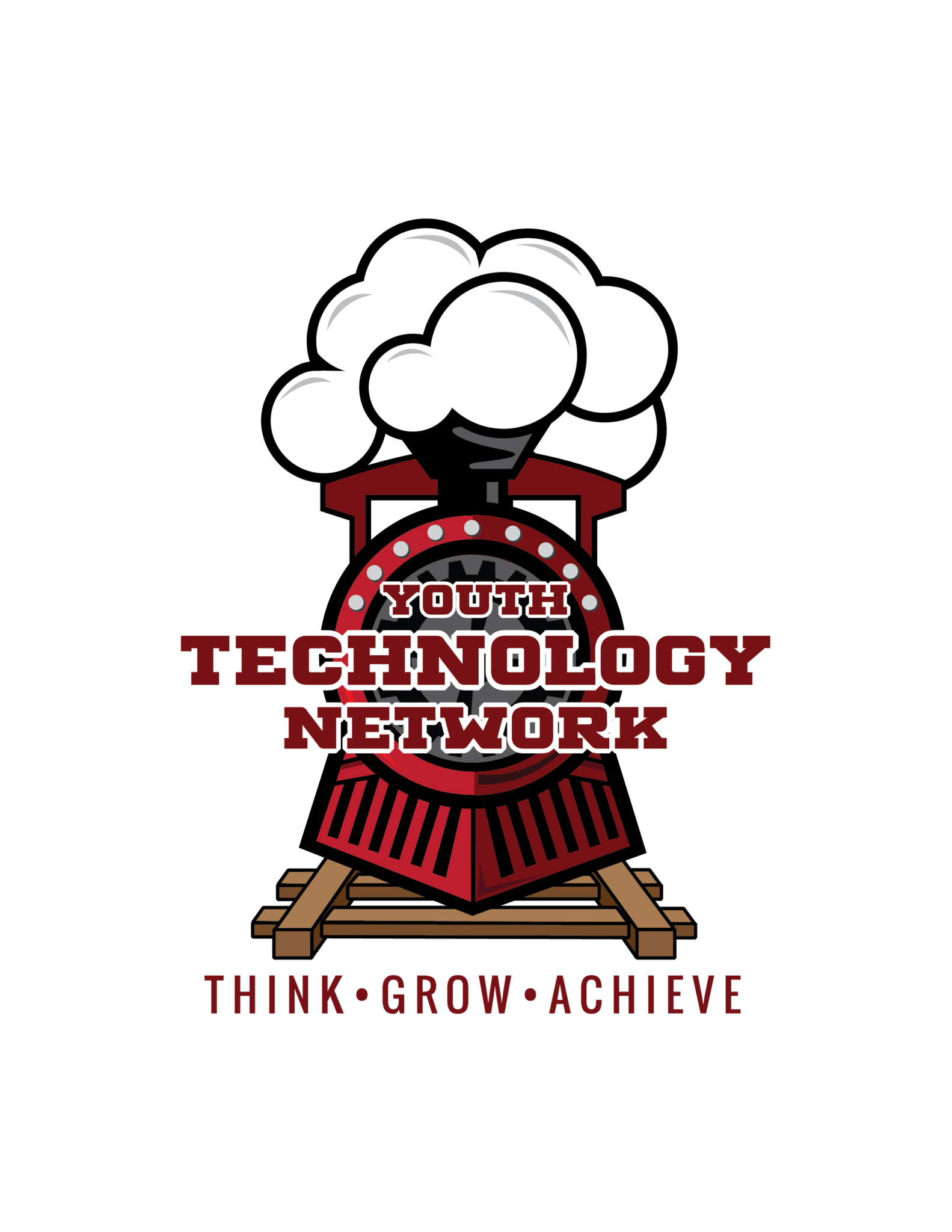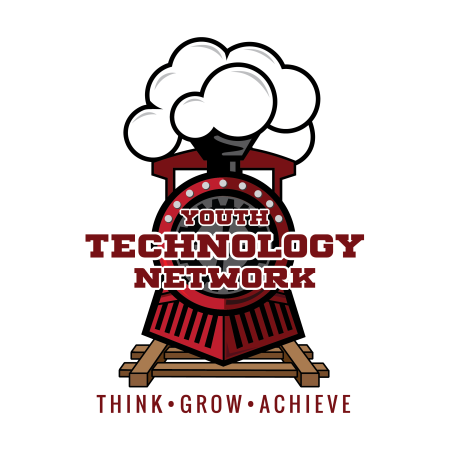What is STEAM learning & why is it important?
STEAM, (Science, Technology, Engineering, Arts and Mathematics) takes the foundation of STEM learning to the next level with the addition of the Arts. These five disciplines are used widely in our day-to-day lives and the number of STEAM-related jobs is steadily increasing, making this type of learning important.
And rightfully so for long gone are the days when there was a ridged dichotomy between the arts and sciences, it’s no longer about competency in one discipline—it’s about being an all-rounded and dynamic individual.
As such, education and learning form a complex and intricate web with dynamic learning and creativity at the core. Active engaged learning is the direction which the world has shifted and STEAM paves the way to this.
STEAM, (Science, Technology, Engineering, Arts and Mathematics) takes the foundation of STEM learning to the next level with the addition of the Arts. These five disciplines are used widely in our day-to-day lives and the number of STEAM-related jobs is steadily increasing, making this type of learning important.
And rightfully so for long gone are the days when there was a ridged dichotomy between the arts and sciences, it’s no longer about competency in one discipline—it’s about being an all-rounded and dynamic individual.
As such, education and learning form a complex and intricate web with dynamic learning and creativity at the core. Active engaged learning is the direction which the world has shifted and STEAM paves the way to this.
Key findings by the U.S. Department of Commerce on the STEM economy:
- In 2015, there were 9.0 million STEM workers in the United States. About 6.1 percent of all workers are in STEM occupations, up from 5.5 percent just five years earlier.
- Employment in STEM occupations grew much faster than employment in non-STEM occupations over the last decade.
- STEM workers command higher wages, earning 29 percent more than their non-STEM counterparts in 2015.
- Nearly three-quarters of STEM workers have at least a college degree.
- STEM degree holders enjoy higher earnings, regardless of whether they work in STEM or non-STEM occupations.
Projected job openings for types of STEM occupations, 2014-2024

Key findings by the U.S. Department of Commerce on the STEM economy:
- In 2015, there were 9.0 million STEM workers in the United States. About 6.1 percent of all workers are in STEM occupations, up from 5.5 percent just five years earlier.
- Employment in STEM occupations grew much faster than employment in non-STEM occupations over the last decade.
- STEM workers command higher wages, earning 29 percent more than their non-STEM counterparts in 2015.
- Nearly three-quarters of STEM workers have at least a college degree.
- STEM degree holders enjoy higher earnings, regardless of whether they work in STEM or non-STEM occupations.
Projected job openings for types of STEM occupations, 2014-2024

Key findings by the U.S. Department of Commerce on the STEM economy:
- In 2015, there were 9.0 million STEM workers in the United States. About 6.1 percent of all workers are in STEM occupations, up from 5.5 percent just five years earlier.
- Employment in STEM occupations grew much faster than employment in non-STEM occupations over the last decade.
- STEM workers command higher wages, earning 29 percent more than their non-STEM counterparts in 2015.
- Nearly three-quarters of STEM workers have at least a college degree.
- STEM degree holders enjoy higher earnings, regardless of whether they work in STEM or non-STEM occupations.
Projected job openings for types of STEM occupations, 2014-2024




